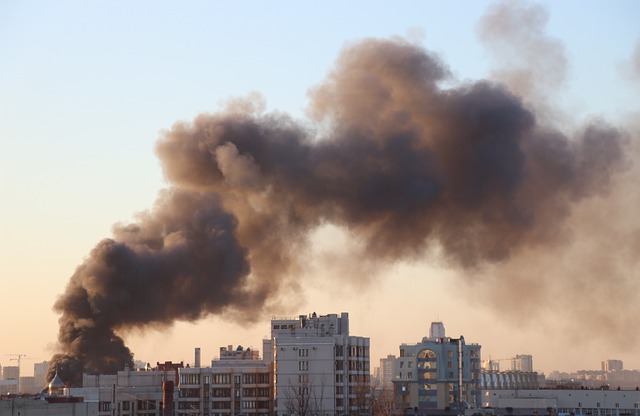Explosions are incredibly destructive events that pose a significant risk to human lives and property. Whether they occur due to gas leaks, chemical reactions, or acts of terrorism, explosions can have severe and distressing consequences for those affected.
The resultant injuries from these blasts often vary in type and severity, depending on the individual’s proximity to the explosion and the specific circumstances surrounding it.
Let’s take a look at some of the most common blast injuries and the available treatments.
Compensation for Explosion Injuries
Before we explore some of the most common injuries that are caused by blasts, it’s worth mentioning that if you are injured in an explosion, seeking compensation for your injuries and losses may be possible.
A crucial first step is finding an accident lawyer for explosions who specializes in handling such cases. Their expertise can help you navigate the legal process and fight for the compensation you deserve.
Head Injuries
One prevalent injury caused by explosions is head trauma. Damage to the skull, brain, or both occurs when the shockwave from the blast puts tremendous force on these areas.
Common symptoms of head injuries include headaches, dizziness, and memory problems. When treating a head injury caused by an explosion, doctors will need to conduct a thorough examination. Sometimes, surgery is necessary to alleviate internal pressure or repair fractures.
Chest Injuries
Chest injuries are also common after blasts. These can include fractured ribs, lung damage such as pulmonary contusion (bruising), and pneumothorax (collapsed lung).
Symptoms might consist of shortness of breath, chest pain, and difficulty breathing. For fractures, rest and pain relief are often recommended. More severe cases may require surgery or a chest tube insertion to help re-expand collapsed lungs.
Abdominal Injuries
Another frequent issue arising from explosions is abdominal injuries, which can result from both primary and secondary blast effects. Examples encompass organ damage, including lacerations in the liver or spleen rupture. Signs of abdominal trauma range from localized pain to more generalized discomfort with accompanying tenderness in the area.
A timely intervention involving stabilization and perhaps exploratory surgery can be critical in managing such abdominal injuries.
Burns
Burns are typical in explosions due to the intense heat that is generated by a blast. They can range from mild, superficial burns to severe, deep tissue damage. Symptoms include redness, swelling, and pain around the affected area.
Treatment plans vary depending on severity but may involve cooling the burn with water, applying ointment or dressing, and taking pain medication for minor cases. Severe burns might necessitate skin grafts or reconstructive surgery.
Eye Injuries
Eye injuries are another prevalent consequence of blasts, as shrapnel or debris can easily damage delicate ocular structures. Symptoms may include pain, vision loss, or bleeding.
Treatment typically involves stabilization by cleaning the affected area and removing any foreign materials, followed by possible surgical intervention to repair damage and preserve vision.
Hearing Loss
Given that explosions generate considerable noise, hearing loss is not uncommon among blast survivors. Temporary or permanent hearing impairment can result from ruptured eardrums or damage to the inner ear structures.
Symptoms include ringing in the ears (tinnitus) and a reduced ability to hear sounds at normal levels. Treatment approaches depend on the severity of the injury, but they may consist of medications for inflammation reduction or surgical repair of damaged structures.
Broken Bones
Blasts often cause broken bones due to debris impact or subsequent falls resulting from disorientation. Symptoms of fractures are typically localized pain, swelling, and deformity at the injury site.
Setting the bone and immobilizing it through casts or splints are standard treatments for mild cases while surgery may be needed for more complicated fractures.







